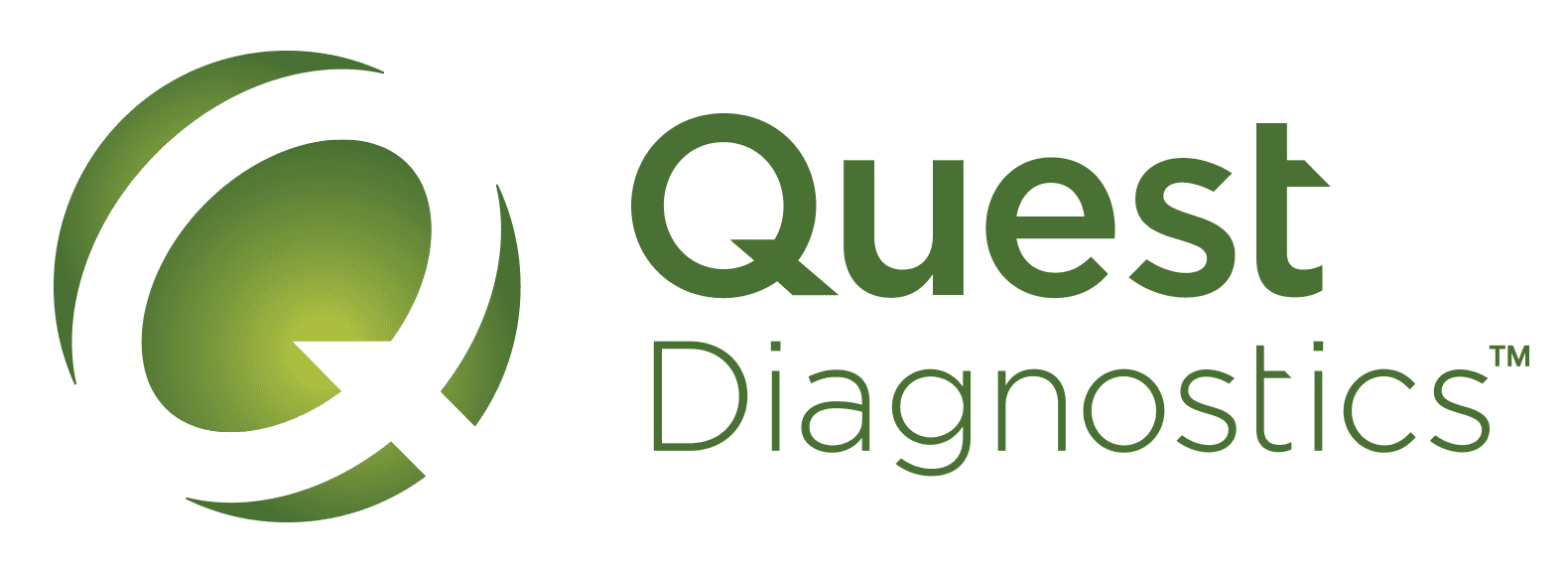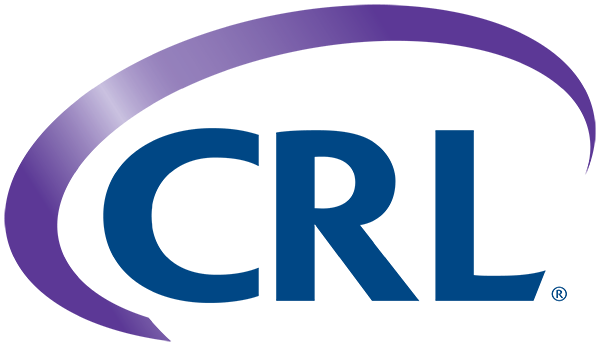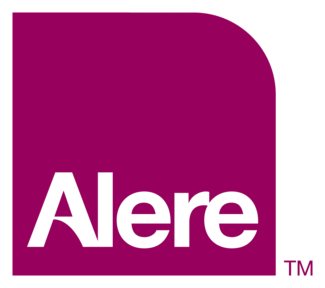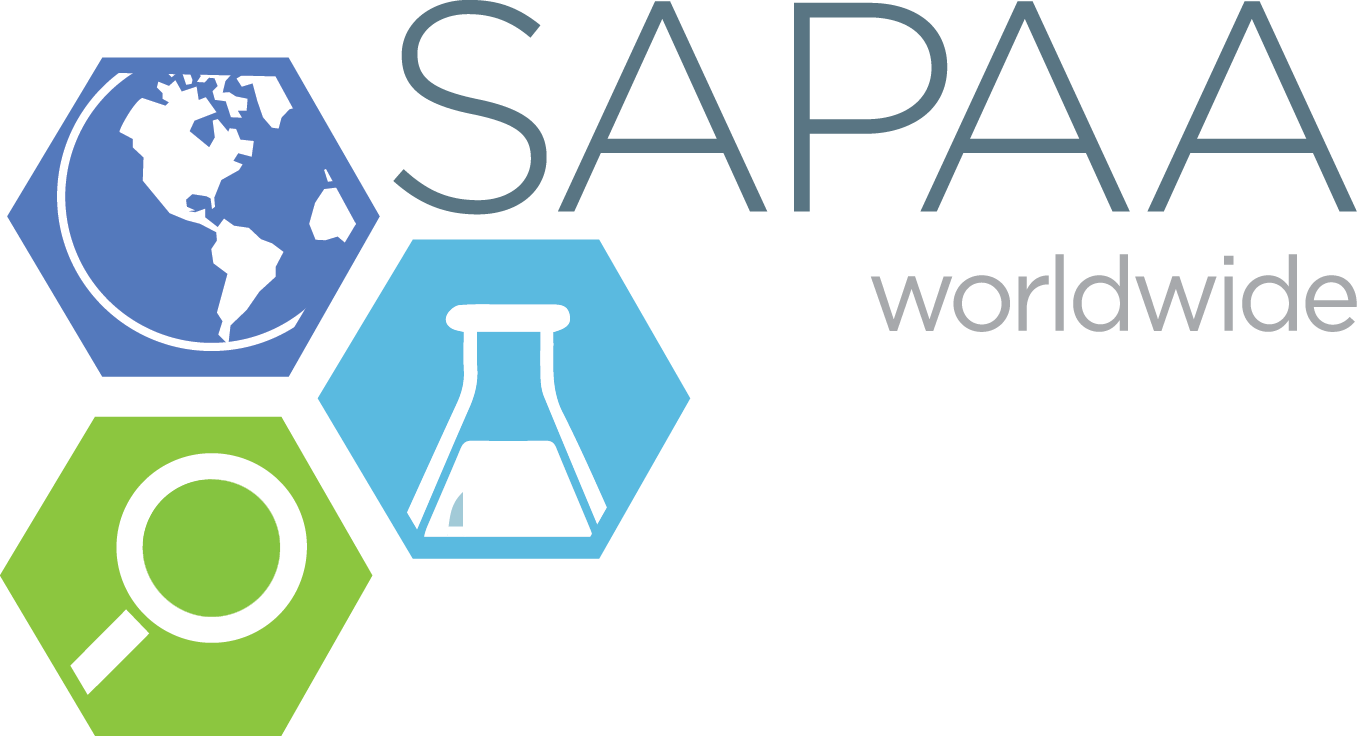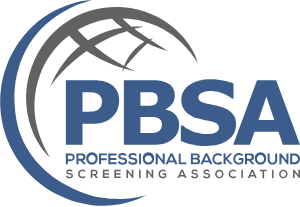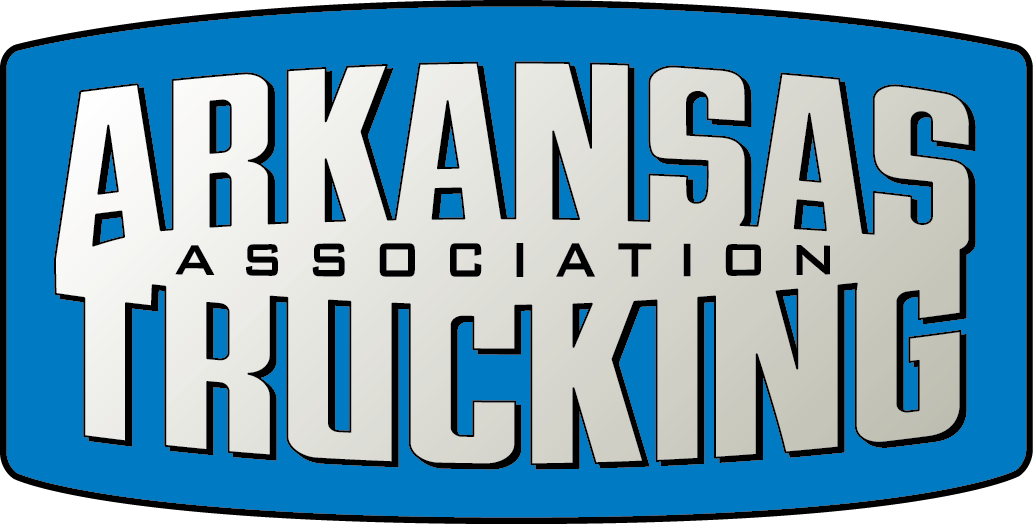Occupational Health Services - Tuberculosis Testing

Last Updated: February 10, 2025
Services
TB: TB/PPD Skin Test 1
Overview & Purpose
The Tuberculosis (TB) Skin Test, also known as the Mantoux tuberculin skin test (TST) or Purified Protein Derivative (PPD) test, is a diagnostic tool used to detect latent tuberculosis (TB) infection. It involves injecting a small amount of PPD tuberculin under the skin of the forearm and evaluating the reaction 48-72 hours later. A raised, red, swollen area at the injection site may indicate TB exposure.
The test is commonly used in healthcare settings, and public health screenings to prevent the spread of tuberculosis, particularly in high-risk workplaces. Many industries require TB screening to meet OSHA, CDC, and state health department guidelines, ensuring legal and safety compliance.
Includes
-
TB/PPD Skin Test 1: This test requires two office visits to confirm TB infection over 48 to 72 hours
-
During the first visit, an area of the patient's skin will be cleaned, typically the inside of the forearm. A small injection containing PPD will be administered, causing a welt to form
-
After 48 to 72 hours, the individual must return to the office, where a provider will check the area to see if they have had a strong reaction to the test, with a strong reaction indicating infection
-
Confirmation of a TB/PPD Skin Test 1 result, whether positive or negative, may be required through the administration of TB/PPD Skin Test 2
TB: TB/PPD Skin Test 2 (Confirmation)
Overview & Purpose
The Tuberculosis (TB) Skin Test, also known as the Mantoux tuberculin skin test (TST) or Purified Protein Derivative (PPD) test, is a diagnostic tool used to detect latent tuberculosis (TB) infection. While the one-step TB skin test is typically used for routine screening, the two-step TB test can be required for individuals in high-risk settings to ensure accurate detection of TB infection. Employers, healthcare facilities, and regulatory agencies often require the two-step test to minimize false-negative results and better identify latent TB cases.
Includes
-
TB/PPD Skin Test 2 (Confirmation): This test requires two office visits to confirm TB infection, and should be ordered after the completion of TB/PPD Skin Test 1
-
The TB/PPD Skin Test 2 is the second of two separate PPD skin tests, administered 1-3 weeks apart. The first test (the TB/PPD Skin Test 1, ordered separately) is placed, and read after 48-72 hours
-
This test, TB/PPD Skin Test 2, is placed in 7-21 days after receipt of the result from TB/PPD Skin Test 1, and is read in another 48-72 hours
This test is used to detect booster effect, where prior TB exposure may not initially react but triggers a response on the second test, and may be required for healthcare workers, nursing home staff, military personnel, and individuals in high-risk workplaces where TB exposure is possible.
Tuberculosis (TB) is an infectious disease caused by the bacterium Mycobacterium tuberculosis. It primarily affects the lungs but can also infect other parts of the body, such as the brain, spine, or kidneys. TB spreads through the air when an infected person coughs, sneezes, or talks, making it highly contagious in close-contact settings. In enclosed or crowded workplaces, the risk of transmission increases.
In certain industries, such as healthcare, corrections, or childcare, TB testing is often mandated by public health regulations. TB testing through US Drug Test Centers can ensure a safe environment for workplaces, staff, and clients.
Quantiferon (TB Gold)
Overview & Purpose
The QuantiFERON-TB Gold test is a blood test that detects latent, active, or prior infection with Mycobacterium tuberculosis, the bacteria responsible for tuberculosis (TB). The QuantiFERON-TB Gold test requires a single blood draw. The test measures the release of interferon-gamma (IFN-γ) in response to TB-specific antigens, providing highly specific and accurate results.
Includes
This blood test screens for:
- Mycobacterium tuberculosis (TB) infection
QuantiFERON®-TB Gold Plus test is a blood-based interferon-gamma release assay (IGRA) used as an aid in the diagnosis of Mycobacterium tuberculosis infection.
Exam: Chest X-Ray - 1 view
Overview & Purpose
A chest X-ray is an important diagnostic tool for identifying tuberculosis (TB), and is typically performed following a positive TB blood test (QuantiFERON-TB Gold) or skin test (TB/PPD Skin Test). A chest X-ray provides critical visual evidence of lung damage or changes that support the TB diagnosis. Chest X-rays can also help detect latent or early-stage TB, especially in high-risk populations or during routine workplace screenings.
Includes
This blood test screens for:
- Chest X-Ray (1 View) screens for Mycobacterium tuberculosis (TB) infection, as well as other chest abnormalities or lesions
The chest x-ray (1 view) is a single X-ray image, usually taken from the posterior-anterior (PA) view, with the X-ray beam passing from the back to the front of the chest. Useful for identifying gross abnormalities like large lung lesions, significant fluid buildup, or obvious signs of tuberculosis. 1 View provides a limited perspective; some abnormalities may be hidden behind structures like the heart or diaphragm.
Schedule Exam: Chest X-Ray - 2 view
Overview & Purpose
A chest X-ray is an important diagnostic tool for identifying tuberculosis (TB), typically performed following a positive TB blood test (QuantiFERON-TB Gold) or skin test (TB/PPD Skin Test). A chest X-ray provides critical visual evidence of lung damage or changes that support the TB diagnosis. Chest X-rays can also help detect latent or early-stage TB, especially in high-risk populations or during routine workplace screenings.
Includes
This blood test screens for:
- Chest X-Ray (2 View) provides a comprehensive screen for Mycobacterium tuberculosis (TB) infection, or other chest abnormalities or lesions
With the chest X-ray (2 views), two images are taken: one typically in the posterior-anterior (PA) view (as with the 1 View chest X-ray), and a second image, usually the lateral (side) view. This thorough assessment offers a clearer, three-dimensional perspective, used for more effective detection of subtle abnormalities that may not be visible on a single view, like small nodules, early signs of disease, or hidden fluid buildup.

